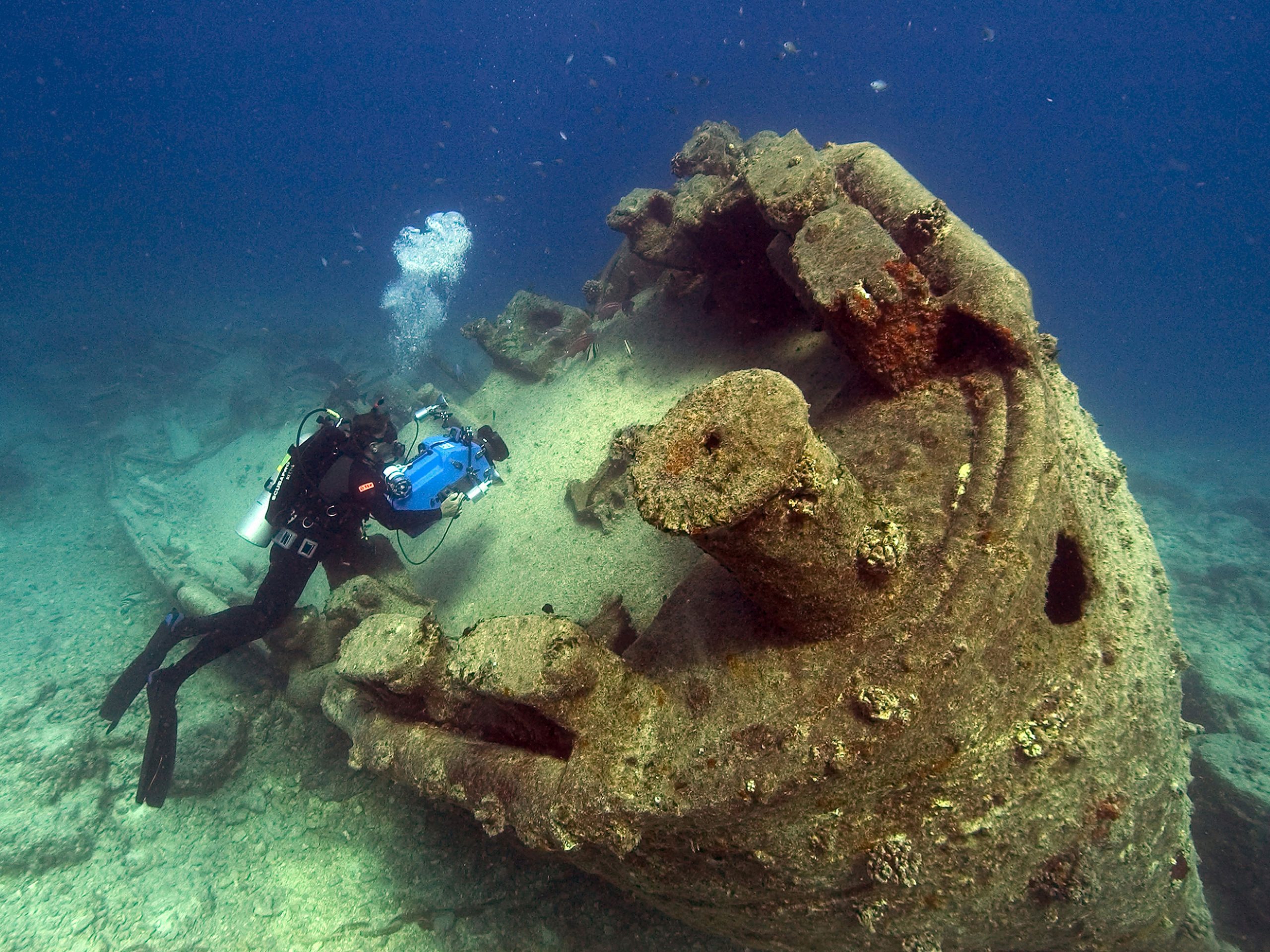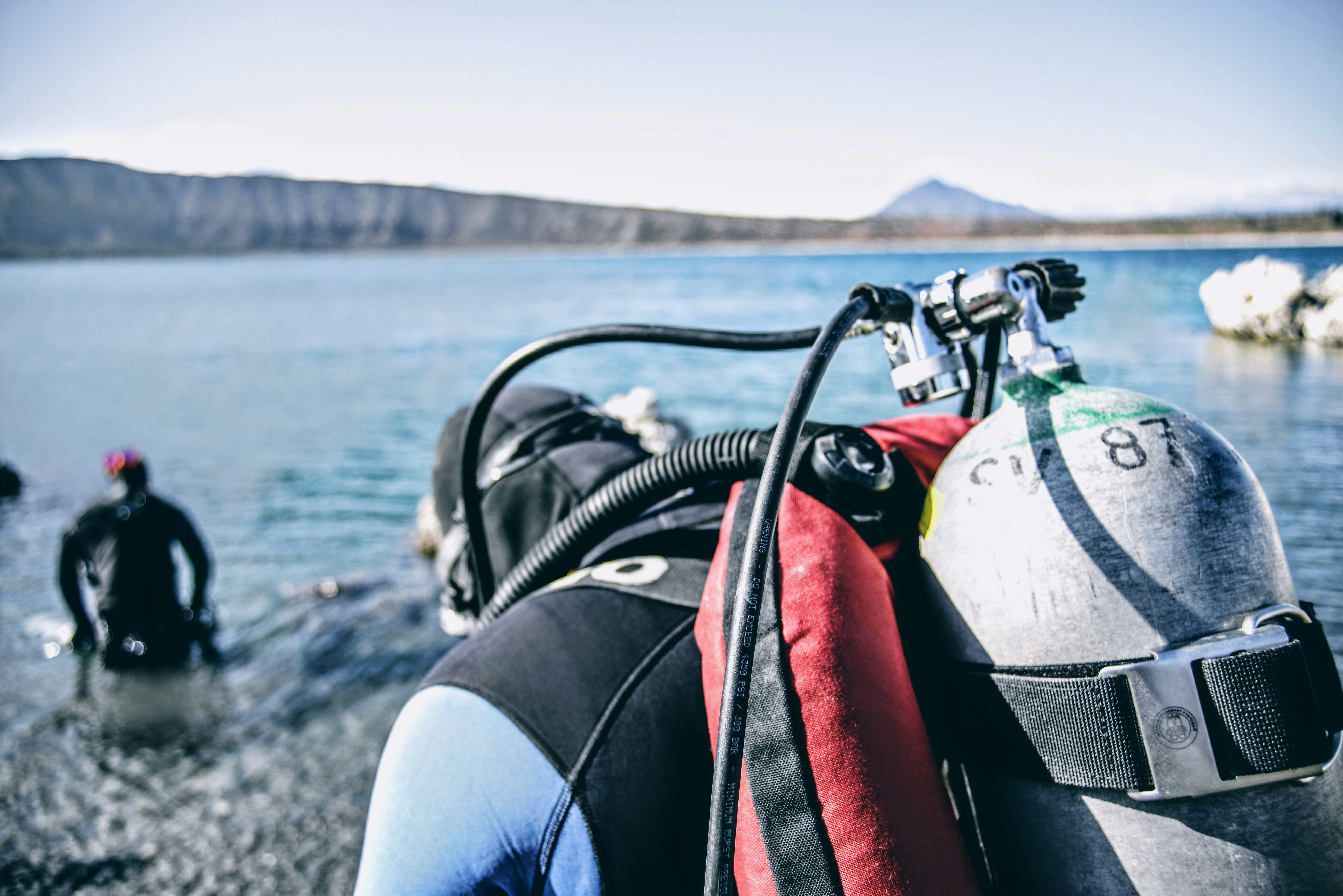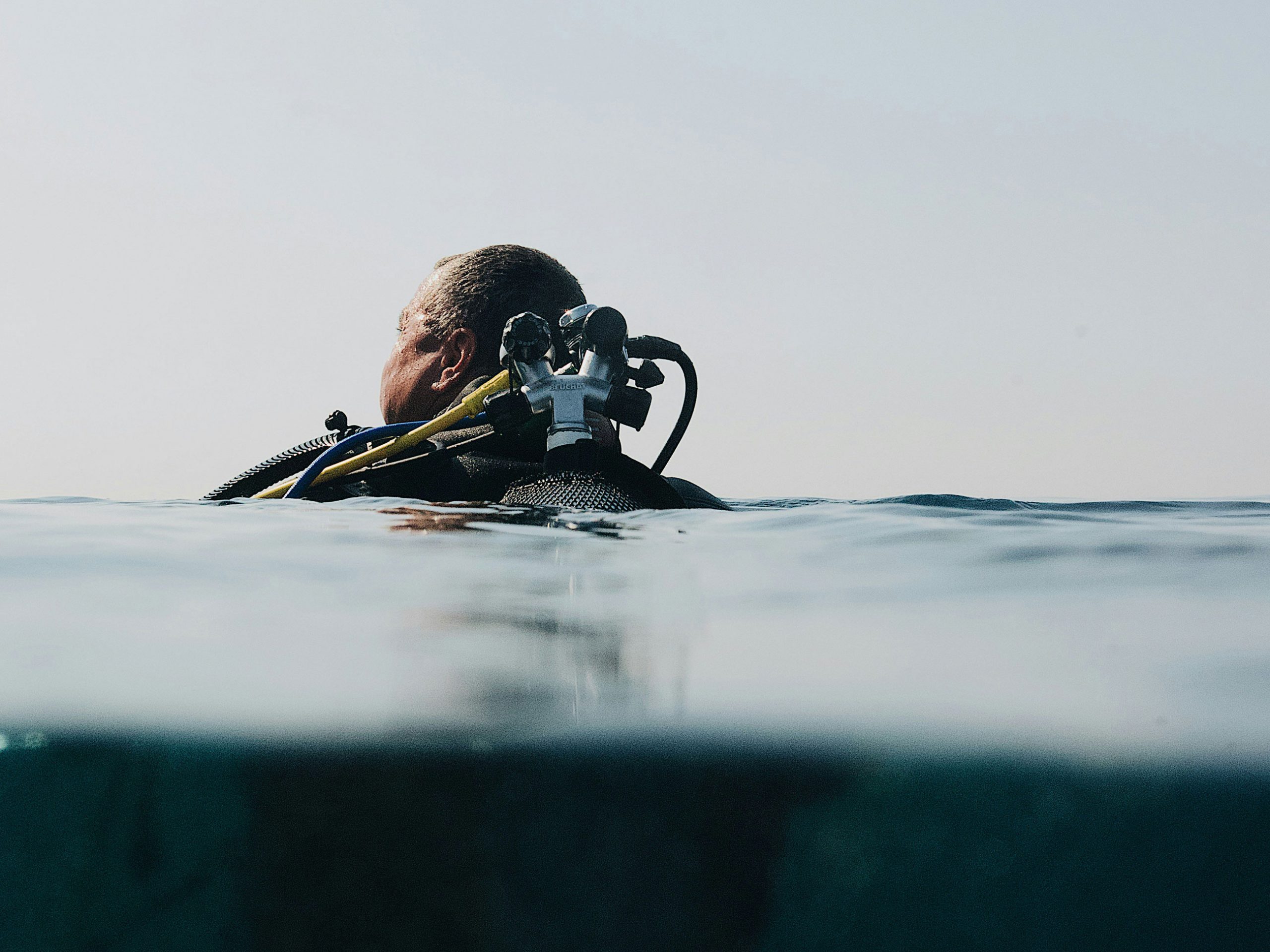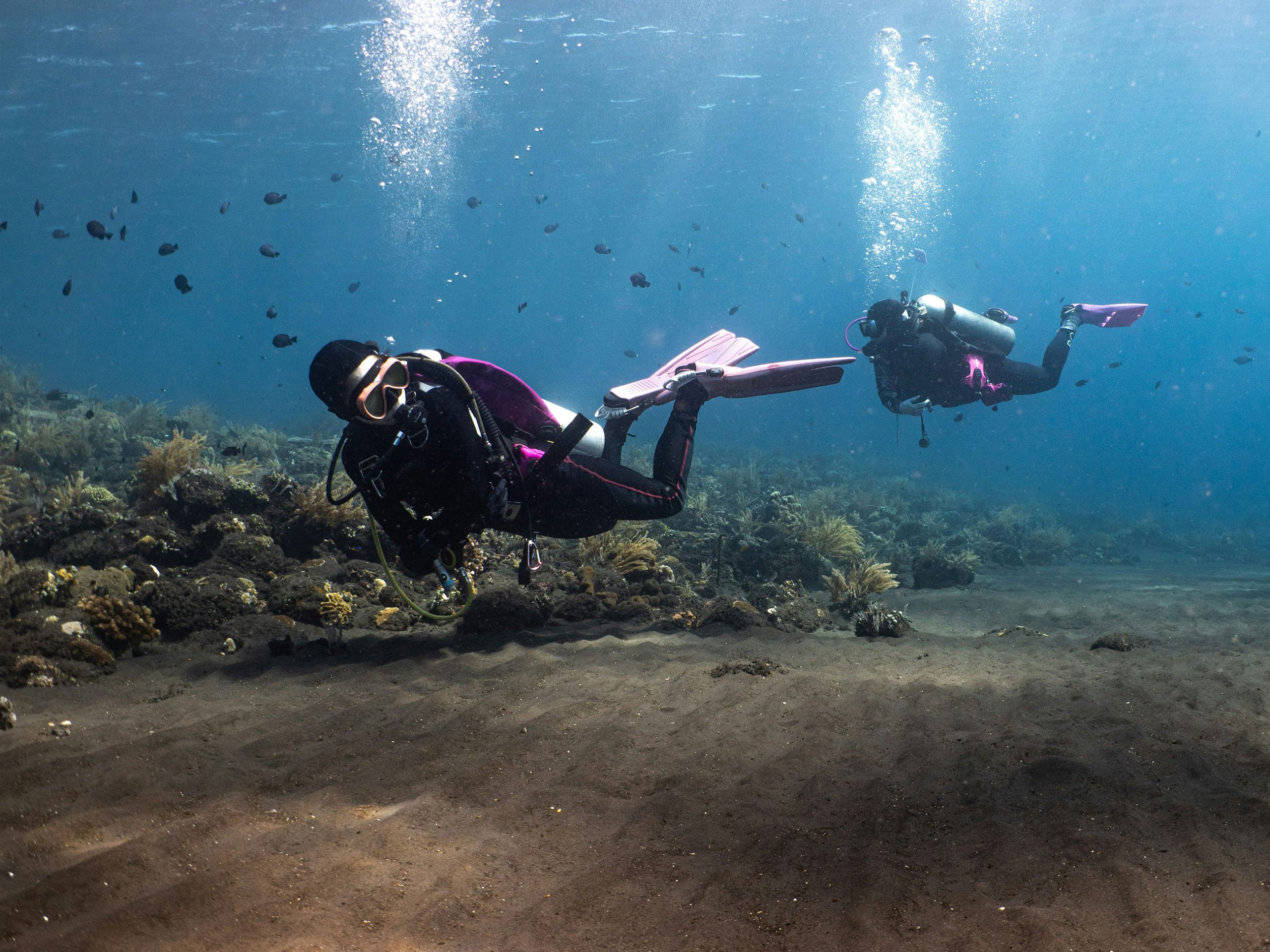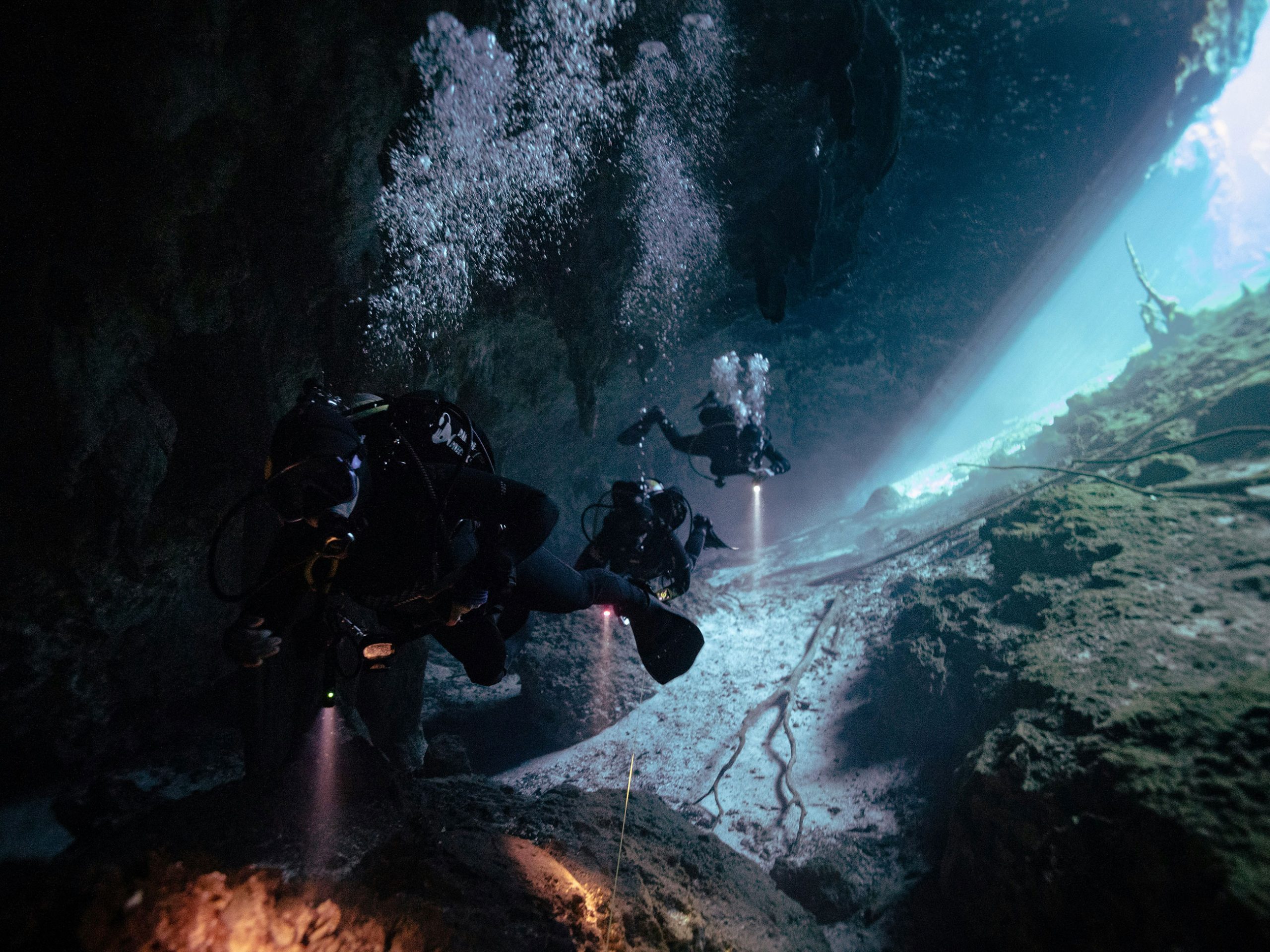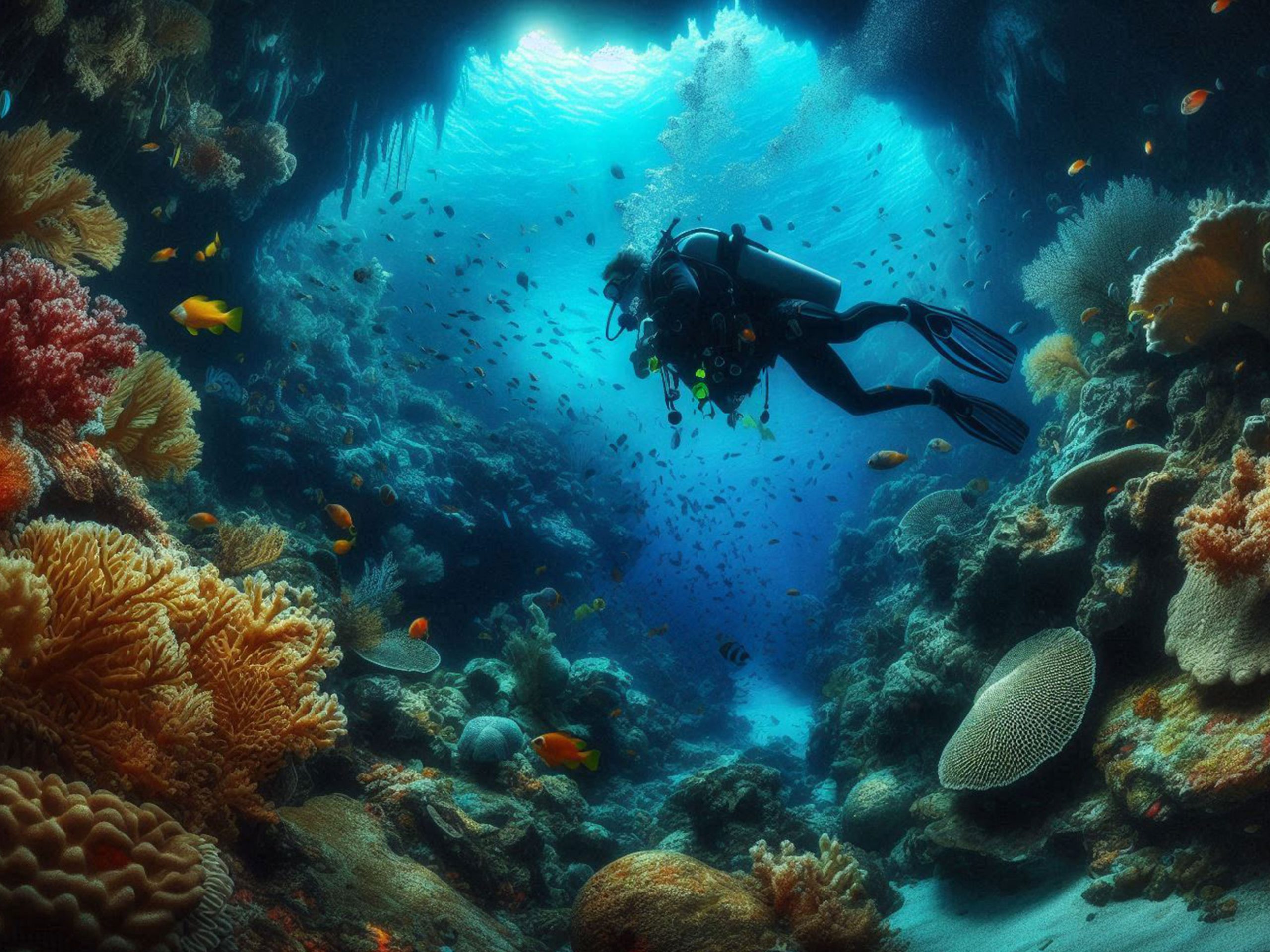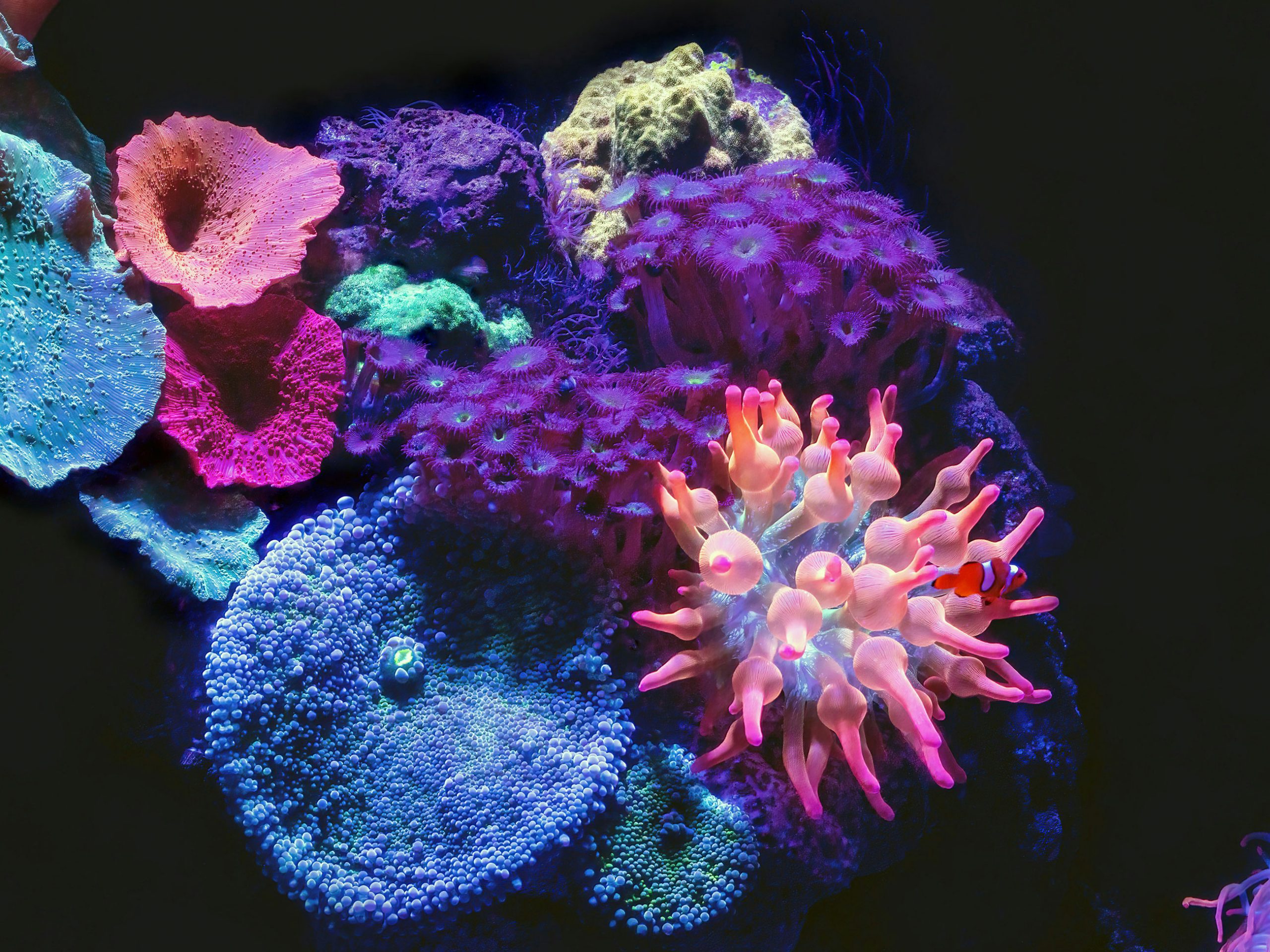Imagine descending into the blue, where history lies quietly on the ocean floor. Wreck diving offers a unique blend of adventure and historical exploration. For beginner and intermediate scuba divers, it’s an opportunity to connect with the past, marvel at thriving marine ecosystems, and experience the thrill of underwater discovery.
Whether you’re just starting out or ready to tackle more advanced dives, this guide will walk you through everything you need to know about wreck diving—covering training, safety, gear, top destinations, and more.
What Makes Wreck Diving Unique?
Wreck diving combines the excitement of scuba with the intrigue of history. Here’s why it stands out:
Underwater Time Capsules
- Shipwrecks, planes, and even underwater cities become time machines.
- They tell stories of maritime tragedies, wartime exploits, or forgotten voyages.
- Every wreck holds artifacts that paint a vivid picture of the past.
Artificial Reefs
- Wrecks quickly transform into thriving ecosystems.
- Coral encrusts metal hulls, and schools of fish weave in and out of cabins.
- You’ll see everything from soft coral gardens to predatory barracudas hunting along the structure.
The Thrill of Discovery
- No two wrecks are the same, making each dive an adventure.
- Wrecks may be fully intact or scattered debris fields, adding a puzzle-like element to exploration.
Getting Started with Wreck Diving
Before plunging into wreck diving, it’s essential to have the right skills and preparation.
Get Certified
If you’re new to wreck diving, a specialized course is your first step. The PADI Wreck Diver Specialty Course is a popular option that teaches:
- Navigation techniques: Avoid getting lost while exploring the wreck.
- Use of reels and lines: For safe entry and exit.
- Hazard management: Identifying risks like unstable structures or entanglements.
Develop Key Skills
Success in wreck diving depends on foundational scuba skills:
- Perfect Buoyancy Control: Avoid stirring up sediment or damaging delicate corals.
- Comfort with Navigation: Wrecks can be confusing, so learn to orient yourself underwater.
- Air and Depth Awareness: Plan dives carefully to avoid exceeding limits.
Assemble the Right Gear
The ocean’s depths are unforgiving without proper equipment:
- Dive Lights: Illuminate dark interiors.
- Reels and Lines: Essential for marking your path.
- Cutting Tools: For freeing yourself from entanglements.
- Exposure Suit: Protection from sharp edges and cold temperatures.
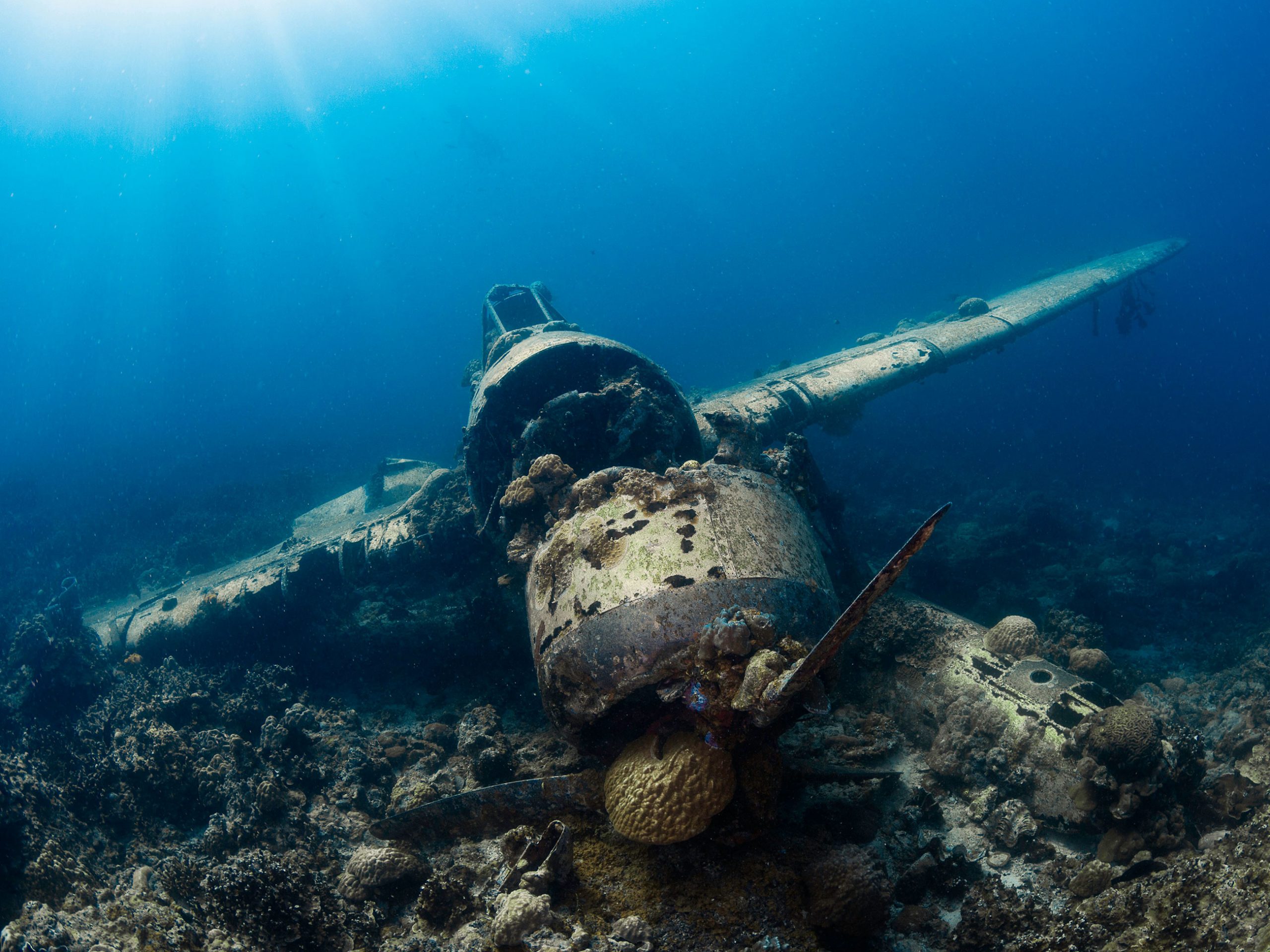
Top Tips for Safe Wreck Diving
Safety should always come first. These tips will help you dive responsibly and confidently:
Know Your Limits
- Never penetrate a wreck (enter enclosed spaces) without proper training.
- Stick to recreational depth limits unless you’re certified for technical diving.
Plan, Plan, Plan
- Research the site before your dive: depth, visibility, and points of interest.
- Familiarize yourself with the wreck’s layout to avoid surprises.
Respect the Wreck
- Wrecks are historical sites; take only pictures, leave only bubbles.
- Avoid touching fragile structures or marine life.
Buddy Up… Always
- Always dive with a trusted partner to increase safety.
- Work together to navigate and stay oriented.
Best Wreck Diving Destinations
The world is full of incredible wreck sites. Here are some top picks for beginner and intermediate divers:
USS Liberty (Bali, Indonesia)
- A WWII cargo ship, this wreck lies in shallow waters (5-30 meters).
- Vibrant coral and diverse marine life make it a favorite for new wreck divers.
SS Thistlegorm (Red Sea, Egypt)
- This WWII ship is a museum underwater, complete with motorcycles and trucks in its cargo hold.
- Moderate currents make it ideal for intermediate divers.
Jake Seaplane (Palau)
- A shallow wreck of a Japanese WWII seaplane.
- Crystal-clear water and marine life make it perfect for photography.
RMS Rhone (British Virgin Islands)
- A mail ship sunk in 1867, famous for its large, intact sections and excellent visibility.
- Home to groupers, moray eels, and turtles.
Fujikawa Maru (Truk Lagoon, Micronesia)
- A WWII wreck featuring planes in its hold.
- Advanced divers can explore the ship’s intricate interior.
Advanced Wreck Diving Techniques
Once you’re confident in recreational wreck diving, consider learning advanced techniques to deepen your experience.
Penetration Diving
- Learn to navigate the interior of wrecks safely using reels and lines.
- Master emergency procedures for enclosed spaces.
Technical Diving
- Technical certifications let you dive deeper or stay longer.
- Use specialized gear like twin tanks and dive computers for precision.
Avoiding Hazards
- Stay vigilant for entanglements from fishing lines or debris.
- Monitor visibility; silt stirred up can disorient even experienced divers.
Gear Essentials for Wreck Diving
The right gear makes a wreck dive safe and enjoyable. Here’s a checklist:
- Primary and Backup Lights: Ensure you can see clearly in low-light conditions.
- Cutting Tool: For freeing yourself from nets or fishing lines.
- Gloves: Protect your hands from jagged metal or sharp coral.
- Dive Slate: Keep site maps or notes handy underwater.
Why Wreck Diving Matters
Wreck diving isn’t just thrilling—it’s meaningful. These underwater relics:
- Preserve History: Wrecks are like museums that offer glimpses into the past.
- Support Marine Life: By becoming reefs, wrecks help sustain underwater ecosystems.
- Inspire Curiosity: Each dive encourages learning and a deeper appreciation for the ocean.
Wreck diving combines history, marine life, and adventure like no other diving specialty. For beginner and intermediate divers, it’s a natural next step to expand your skills and experiences. So, grab your gear, find a wreck, and dive into the story waiting beneath the waves. Remember, every wreck has a tale—it’s up to you to uncover it responsibly.

